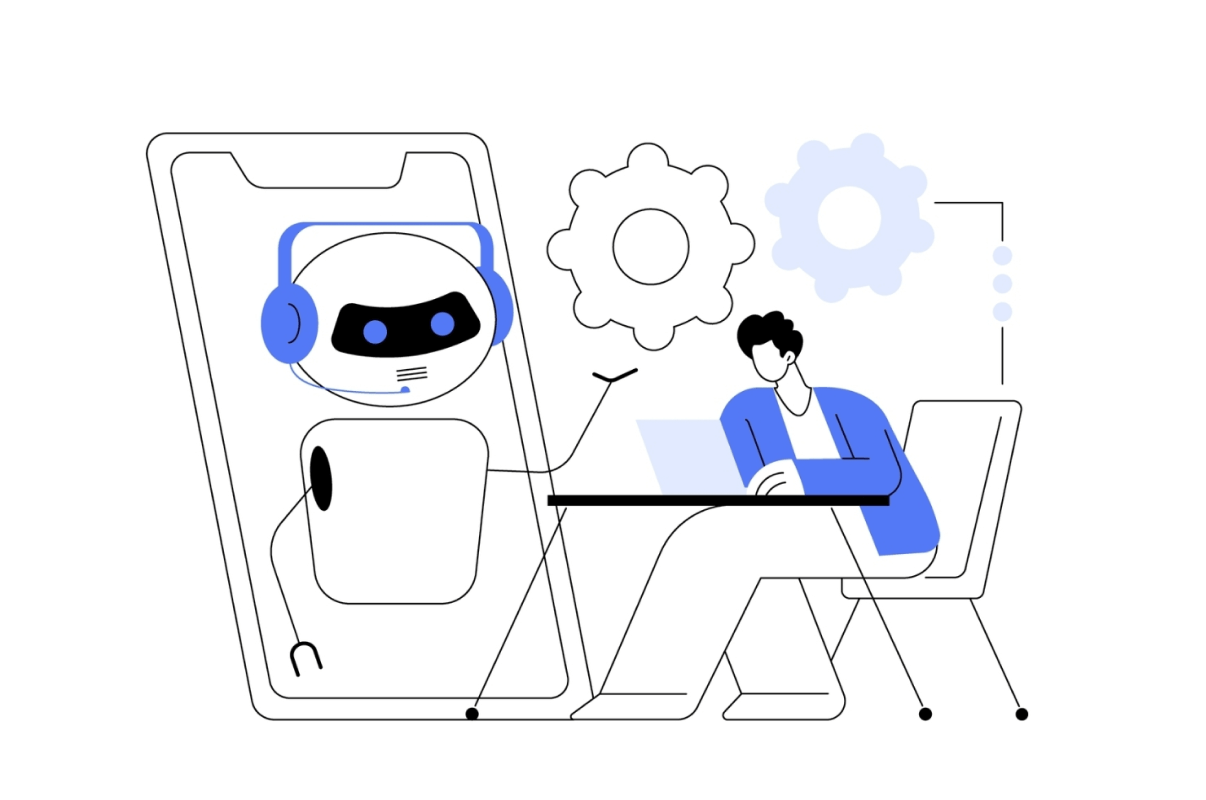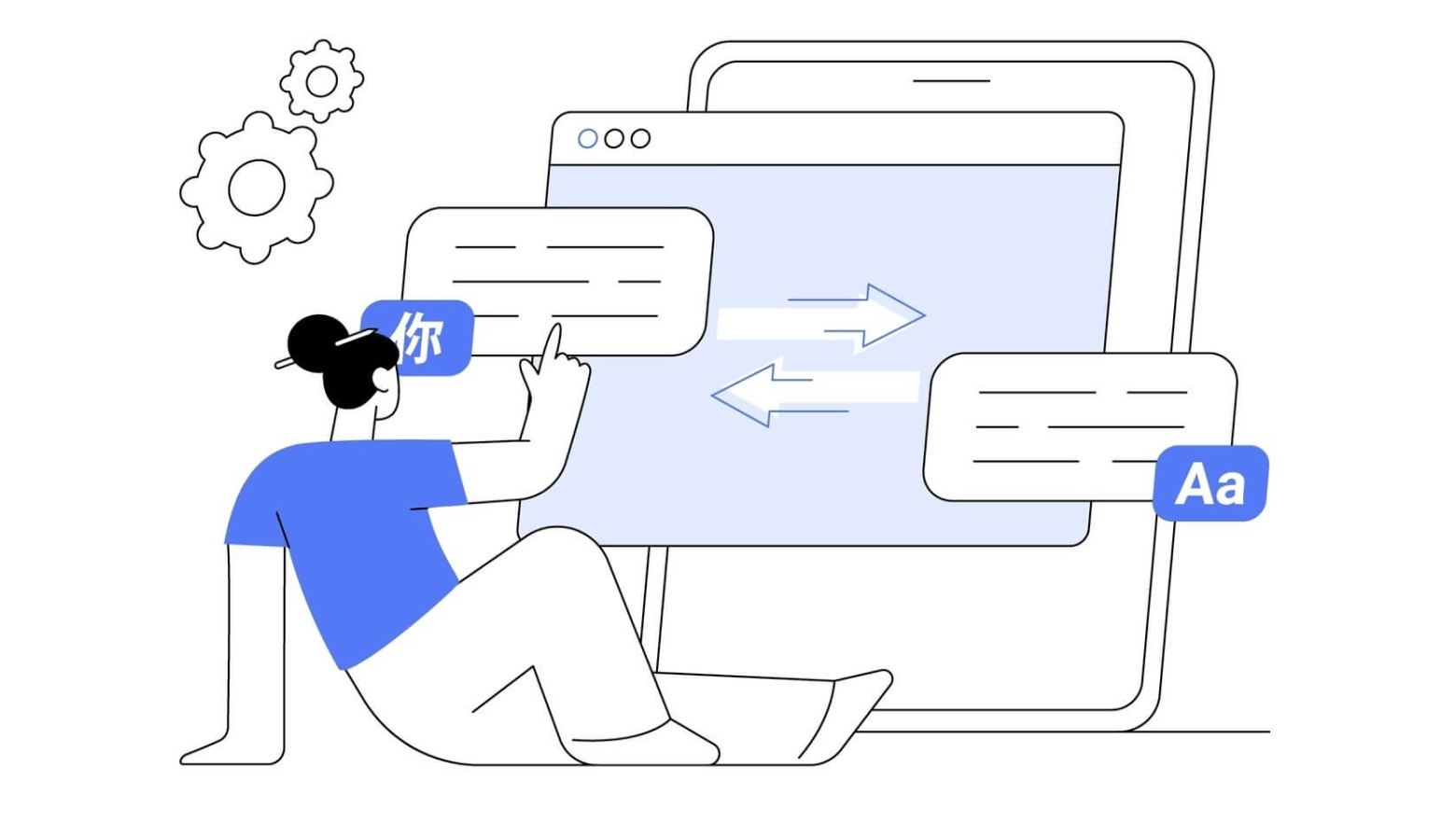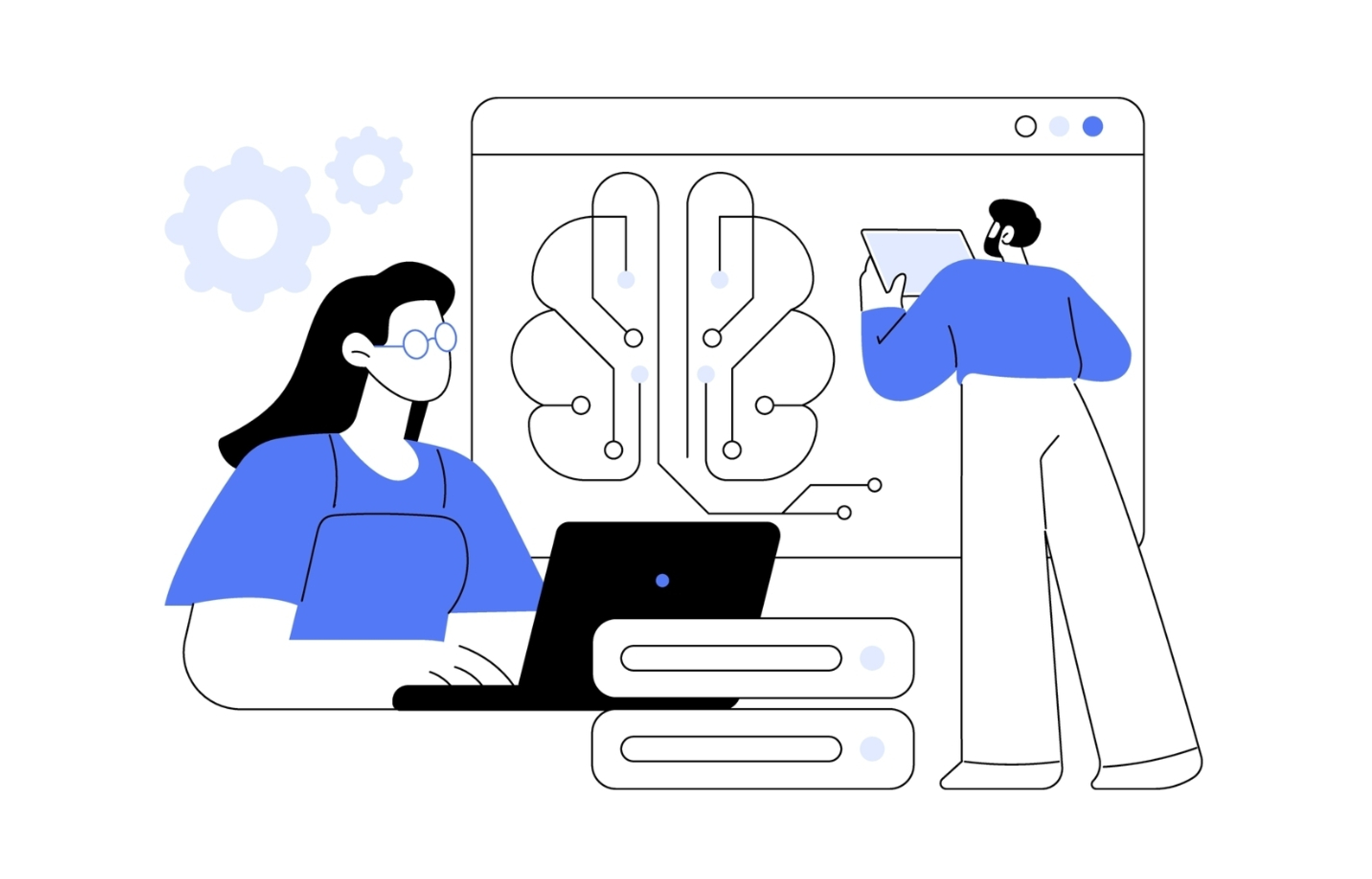Voice generation technology, also known as speech synthesis, refers to the process of converting text or data into spoken words using artificial intelligence (AI) and machine learning algorithms. It’s based on two kinds of technologies, text-to-speech (TTS) and speech-to-speech (SST). Over the past few years, this technology has made significant strides in terms of quality, naturalness, and accessibility, making it a valuable tool for businesses looking to enhance customer interaction, optimize operations, and reduce costs. The ability to automate voice-based communication can greatly improve efficiency in a variety of business processes, from customer support to marketing.
In this article, we will explore the significance of voice generators for businesses, their applications, and the benefits they offer in improving overall operations. We will also discuss how these systems work and the future potential of this technology.

Types of Voice Generation Technology
Voice generation technology is powered by sophisticated algorithms that convert written text into spoken language. The most common type of voice generation technology used today includes Text-to-Speech (TTS) systems, Voice Cloning, and AI-based Speech Synthesis.
Text-to-Speech (TTS) is the most widely used voice generation technology, where written text is converted into spoken words. TTS systems rely on pre-recorded human voices or AI-generated synthetic voices to deliver speech in a natural-sounding way.
Voice Cloning is a more advanced form of voice generation, voice cloning creates an exact replica of a specific person's voice. This is done by training AI models with audio samples of the target voice, allowing businesses to create personalized experiences that sound natural and authentic.
AI-based Speech Synthesis is cutting-edge technology that uses machine learning to generate highly realistic, human-like voices that adapt to different contexts, emotions, and speech patterns. AI speech synthesis allows for greater flexibility and personalization in voice interactions.
Main Approaches to Voice Synthesis
At the core of voice synthesis is deep learning, a subset of machine learning that enables computers to process large amounts of data and recognize patterns. In speech synthesis, AI algorithms are trained on vast datasets of human speech to learn how to replicate the natural flow of conversation, including pitch, intonation, and timing. As the AI system is exposed to more data, it becomes better at understanding how to generate lifelike speech in different contexts.
There are two main approaches to voice synthesis:
Concatenative Synthesis involves piecing together short segments of recorded human speech, which are then combined to form complete sentences. While it sounds natural, it can be limited in its ability to adapt to new or unseen phrases.
Parametric Synthesis uses mathematical models to generate speech based on parameters like pitch, speed, and intonation. It offers more flexibility and can be more easily adapted to generate a variety of voices.
How Does Voice Synthesis Work?
Voice synthesis involves a series of interconnected stages that transform written text into natural-sounding speech. The process begins with text analysis, where the input text is segmented into words and sentences, and key aspects such as pronunciation and intonation are determined. During this phase, the system ensures that abbreviations, homographs, and punctuation are interpreted correctly for smooth speech output.
Following this is linguistic processing, which converts the analyzed text into a sequence of phonemes — the fundamental sound units of speech—and identifies the appropriate stress and rhythm patterns to maintain natural flow.
The heart of the process lies in the speech synthesis models used to generate the audio. Different techniques may be employed, depending on the system's design and desired output quality:
- Concatenative synthesis stitches together pre-recorded speech fragments to form complete sentences.
- Formant synthesis models use mathematical formulas rather than real human recordings.
- Parametric synthesis leverages statistical models to adjust pitch, speed, and voice characteristics dynamically.
- Deep learning models such as WaveNet and Tacotron represent the most advanced approach, using neural networks to produce highly realistic and adaptable speech patterns.
Finally, the process concludes with waveform generation, where the synthesized speech data is transformed into a continuous sound wave, ready for playback or storage as an audio file.
By seamlessly blending linguistic rules, advanced algorithms, and neural networks, modern voice synthesis systems deliver speech outputs that are increasingly indistinguishable from human voices, revolutionizing applications across industries.
Application of Voice Generation in Business
Voice generation technology has numerous applications across different industries, enabling businesses to improve operations, customer service, and engagement. Here are some key areas where voice synthesis is making an impact:
The Film and TV Industries
The entertainment industry is also benefiting from voice generation technology, particularly in film and television production. Voice synthesis is used to create voiceovers, generate dialogues for animated characters, and even dub films in different languages. Additionally, voice cloning is being utilized to preserve the voices of iconic actors or recreate lost performances.
The Gaming Industry
Video games are increasingly adopting voice generation to create immersive, interactive experiences for players. AI-generated voices can be used to bring characters to life, dynamically generate in-game dialogue based on player actions, and even create procedurally generated content. This allows for more expansive and engaging gaming environments.
The Advertising Industry
In advertising, voice generation technology is transforming the way companies create commercials and radio spots. Personalized audio ads can be generated on a large scale, allowing advertisers to reach customers with tailored messages that match their interests and preferences. Furthermore, voice synthesis allows for dynamic content updates, ensuring that ads remain relevant and timely.
Audiobooks and Podcasts
Voice generators are becoming increasingly popular in the production of audiobooks and podcasts. Authors and content creators can use voice synthesis to produce high-quality audio content without the need for professional voice actors. AI-generated voices can be customized to match the tone and style of the content, providing a cost-effective and efficient solution for audio production.
Customer Support and Chatbots
Automating communication with customers is one of the most popular uses of voice generators in business. AI-powered chatbots and virtual assistants can respond to customer inquiries 24/7, providing quick answers and reducing the need for human agents. This not only improves response times but also alleviates the workload of customer service teams.
Education and Training
Voice generation is revolutionizing educational tools and training programs. Virtual trainers or tutors powered by synthetic voices can guide learners through courses, offer feedback, and provide explanations in a personalized manner. This can significantly improve the learning experience, especially for remote education and corporate training.
Process Automation
Voice synthesis is also used for automating routine tasks, such as sending voice notifications, reminders, and confirmations. For example, businesses can use voice generators to confirm appointments, remind customers of upcoming deliveries, or notify employees of urgent tasks, all without human intervention.
Advantages of Using Voice Generators in Business
The implementation of voice generation technology offers numerous advantages that can help businesses reduce costs, improve customer experience, and enhance overall efficiency:
- Cost Reduction. By automating tasks traditionally performed by human employees, businesses can reduce staffing costs. Voice generators can handle repetitive customer inquiries, process orders, and provide real-time assistance, freeing up human resources for more complex tasks.
- Improved Customer Service. Voice generators ensure that businesses can offer 24/7 customer support, answering queries and resolving issues at any time of day. With fast, accurate, and personalized responses, companies can enhance customer satisfaction and loyalty.
- Enhanced Customer Interaction. With voice synthesis, businesses can provide more engaging and human-like interactions with customers. Whether through automated voice assistants or personalized marketing campaigns, voice generation allows for more natural and empathetic communication that fosters better relationships with customers.
- Increased Efficiency of Business Processes. Voice generation enables businesses to streamline operations and enhance efficiency by automating routine tasks and interactions. This leads to faster decision-making, improved workflow, and ultimately, higher productivity.
Lingvanex Voice Generator – A Global Solution for Modern Business Communication
Lingvanex Voice Generator is a powerful and versatile tool designed to meet the voice generation needs of modern businesses. Offering advanced Text-to-Speech (TTS) capabilities and AI-driven speech synthesis, Lingvanex ensures clear, natural, and personalized voice interactions. With the ability to generate speech in over 90 languages, it provides businesses with a truly global solution to engage diverse audiences. Whether you're looking to enhance customer service, create dynamic marketing content, or automate routine tasks, Lingvanex delivers an efficient and scalable solution. Trusted by businesses worldwide, it’s the ideal partner to help you unlock the full potential of voice technology and stay ahead in a competitive market.
Conclusion
Voice generators are transforming how businesses interact with customers, streamline operations, and enhance service delivery. By automating tasks and offering personalized experiences, businesses can reduce costs, improve customer satisfaction, and increase efficiency. With continuous advancements in AI and machine learning, the future of voice generation in business is promising, providing vast potential across industries. Adopting this technology can help businesses stay ahead of the competition and optimize their operations.



